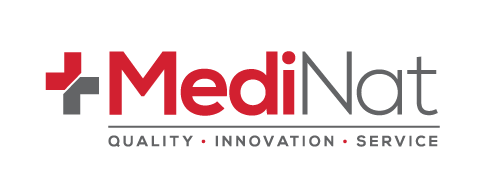
Drugs can broadly be divided into three main categories that are based on their primary effects. These are stimulants, depressants and hallucinogens. While many drugs may have overlapping effects within these categories, their primary effects will typically fit into one category or another.
By far, the drug that causes the most serious workplace problems is alcohol, a central-nervous-system depressant. Alcohol abuse costs billions of dollars each year and is one of the leading causes of workplace accidents in Australia.
Alcohol use has some unique characteristics that cause it to be a particularly challenging issue for employers to deal with. The most obvious problem is that outside of very particular circumstances like driving a car while above the legal blood-alcohol limit, its use is legal. This means that it can be tricky to reign in risky employee behaviour. The fact is that many companies may have virtually institutionalized risky employee drinking behaviour with things like lunch breaks where drinking is common or after-work parties.
Alcohol use disorders are fairly prevalent and may be the single most common form of serious substance abuse. Additionally, many employees who are otherwise responsible drinkers may have a tendency to stay out drinking too late. This can result in significant blood-alcohol levels still circulating in the employee’s system when they report to work the next morning, a situation that, due to the frequent presence of attendant sleep deprivation and hangovers, can be even more dangerous than if the employee was actively drinking on the job.
Alcohol and other drug screening tests
We offer a number of state-of-the-art workplace testing kits, including saliva and urine drug tests and breathalyser tests. The latter can be particularly useful in fields where the operation of heavy machinery or other potentially dangerous activities is integral to the job. Breathalyser tests are able to not only detect alcohol use, but they can also give employers an instant and accurate picture of the level of intoxication.
When it comes to drugs like amphetamines, benzodiazepines or cocaine, it is simply not possible to draw any direct conclusions about the level of impairment of an employee. However, our saliva- and urine-based drug tests will give employers an accurate picture as to whether a drug has been used.
These are complex issues around which carefully designed policies should be crafted. We can help you and your company tackle the important issues of workplace safety through the creation of a sensible drug-and-alcohol policy as well as an appropriate testing regime.

